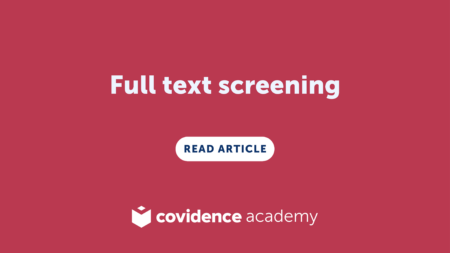So if you think systematic reviews are just for the domain of Medical and Health Sciences – you are wrong.
Researchers
Researchers are looking at best practice, the effects of new interventions, treatments, techniques or processes. Systematic reviews are predominantly published in Medical and Health Sciences but there is a rapidly rising interest in Social Science, Engineering, Mathematics, Law and Justice, Animal Science, Environmental Science, General Science and Education disciplines. Researchers use systematic reviews because they do not have the time to read and synthesise the volume of primary evidence.
Consumers or end-users
Consumers or end-users are looking at being exposed to the best treatment, interventions, educational practice, building design or transport options for example. Clinical practitioners, educators and employees as end-users are also unable to devote the time to reading and collating the primary evidence and rely on systematic reviews to provide that comprehensive summary.
Policy-makers
Policy-makers look at benefit to a wider audience that can be at an institutional, business, community or national level. Policy-makers might be preparing clinical guidelines, school, workplace or governmental policies. They often refer to systematic reviews for their evidence base rather than the primary studies.
Click here to go back to Covidence Academy.
Already have an account? Sign in and start screening!
Explore more resources.


